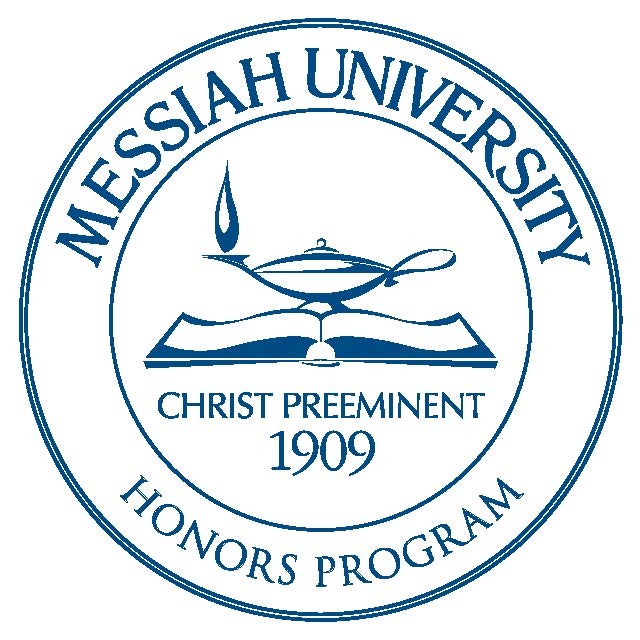Date of Award
5-17-2003
Document Type
Thesis
Department
Biological Sciences
Abstract
CDS+ Cytotoxic T lymphocytes (CTL) have been known to play a significant role in tumor suppression through their role in adaptive cell-mediated immunity. CTL operate in conjunction with the Major Histocompatibility Complex Class I (MHC I) mediated presentation of intracellular proteins by all nucleated somatic cells. To be effective, the CDS+ T cell receptor (TCR) must be able to detect specific amino acids of intracellular processed peptides bound and presented by MHC I molecules. MHC I function in binding small polypeptide segments of 8-10 amino acids in length in the endoplasmic reticulum and transporting them to the cell surface to be observed by sentry CD g+ Lymphocytes. The MHC I binding peptides are produced by proteolytic processing of the transient pool of proteins actively translated on cellular ribosomes. Biochemically MHC I-mediated peptide presentation to CDS+ T killer cells (CTL) requires efficient binding of peptide anchor residues ( single amino acids with extruding side chains) to specific sites on the external face of the MHC I, spatially located between two a-helices. Additional amino acid side chains require projection up from the MHC I face to be available for TCR interaction. Each different allelic MHC I molecule cannot bind all possible peptides; thus, to present the broadest spectrum there must be a balance between high binding affinity and a wide specificity (Madden 1995). When bound, the MHC I complex containing the bound peptide is targeted for localization to the cell membrane, where the MHC I/bound peptide complex is extruded on the cell surface. In the presence of epitope-specific CTL, the bound peptide should trigger recognition by CTL via the physicochemical interaction of the TCR with spatially available amino acid side chains of the presented MHC bound peptide and the MHC molecule itself. Upon CTL recognition of foreign antigen, intracellular signal transduction events are initiated terminating with the observer activated CTL effecting a directly targeted cytolytic response against the peptide presenting target cell (Janeway and Travers 1994).
Recommended Citation
Driver, Kevin and Mylin, Lawrence M., "Production and In Vitro Characterization of Altered Tag Transformed Morine Fibroblasts" (2003). Honors Projects and Presentations: Undergraduate. 219.
https://mosaic.messiah.edu/honors/219


